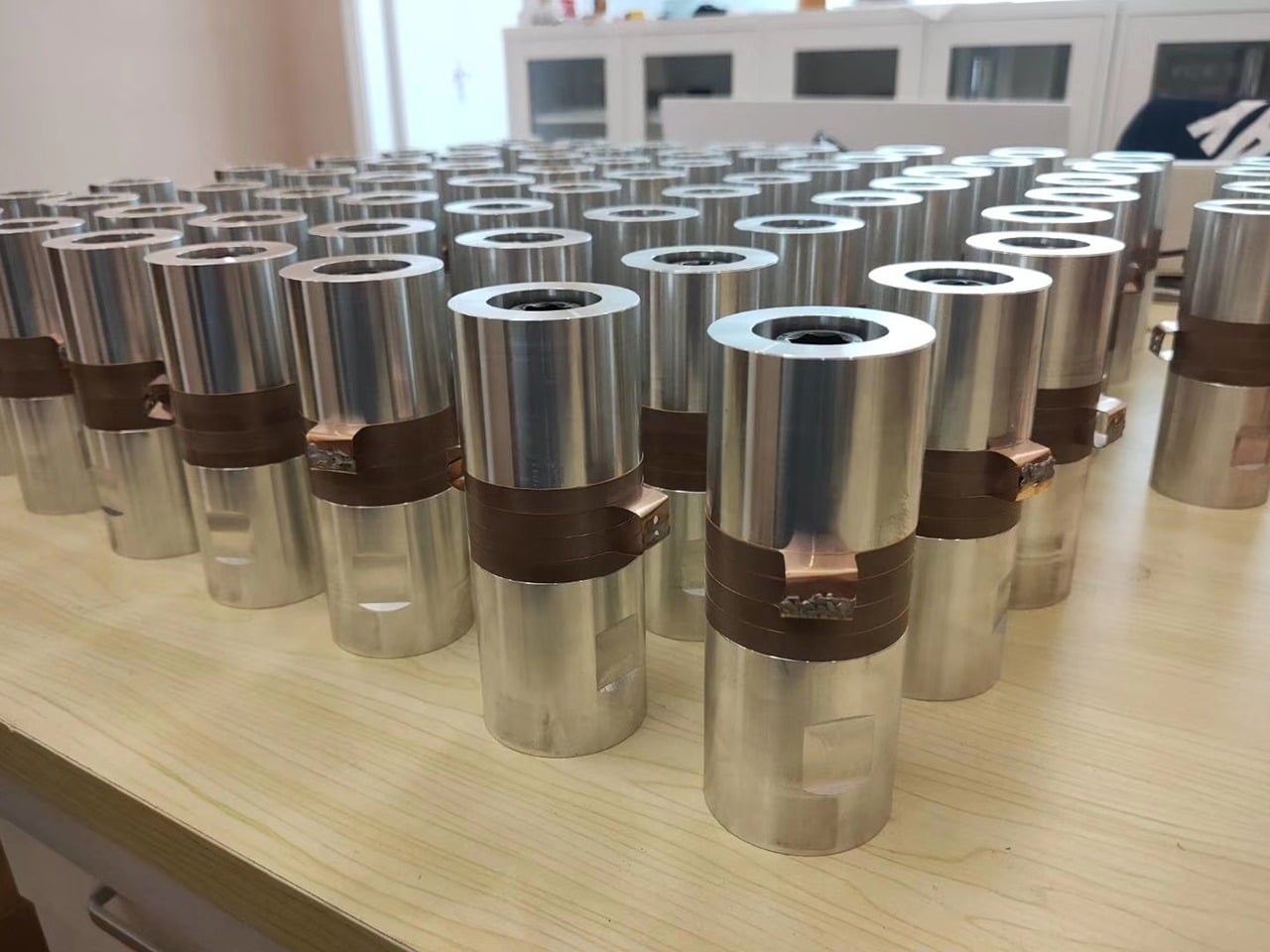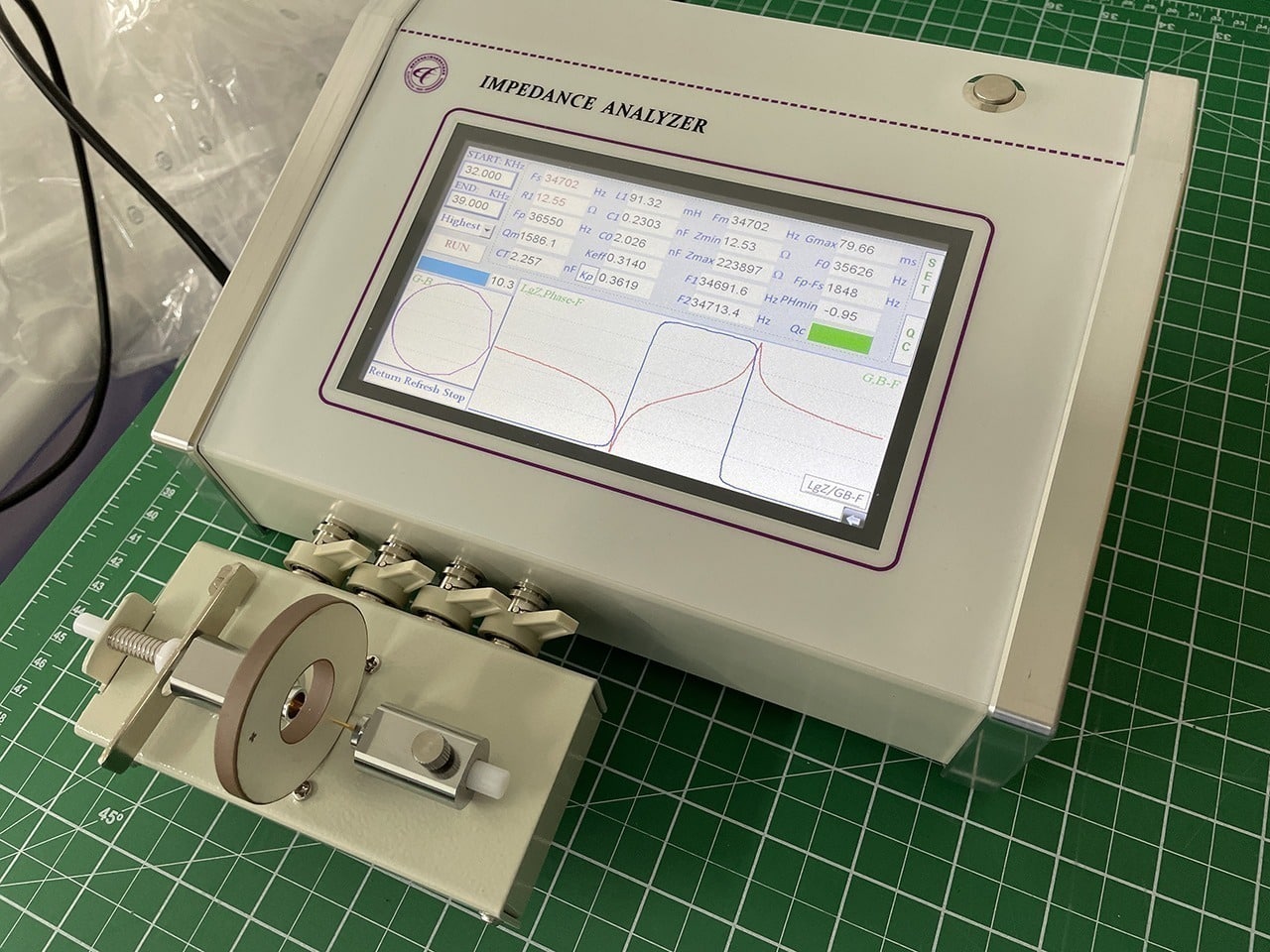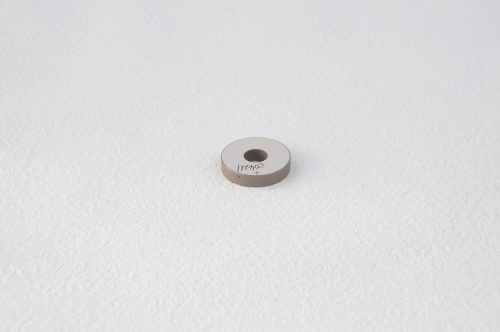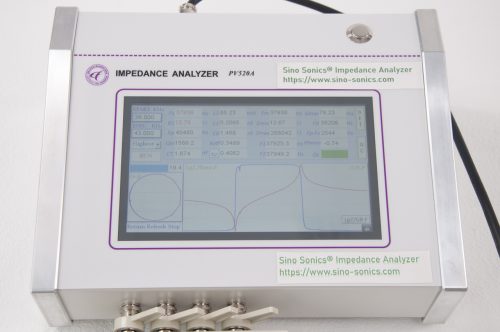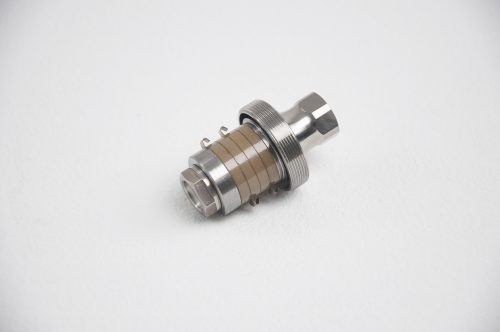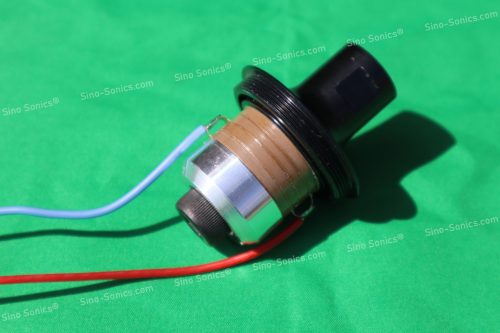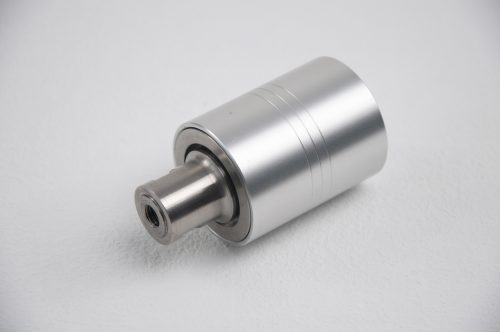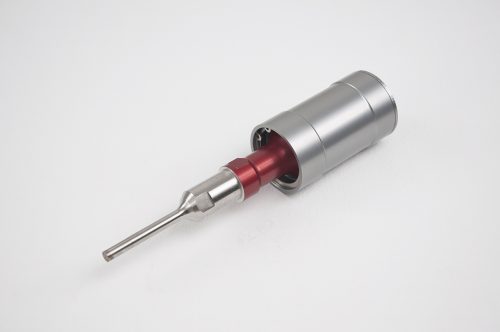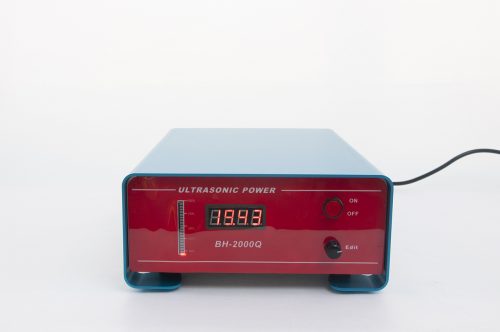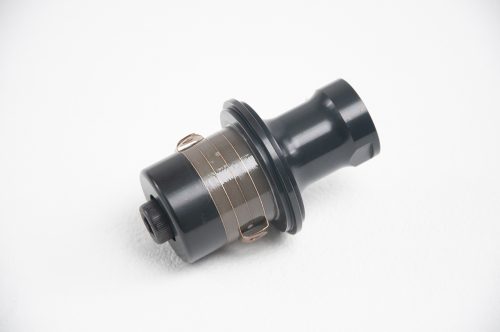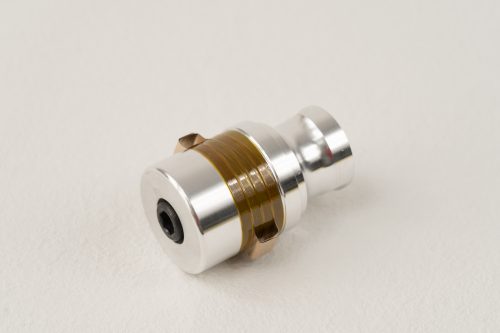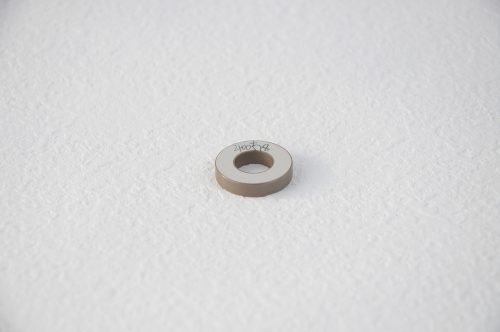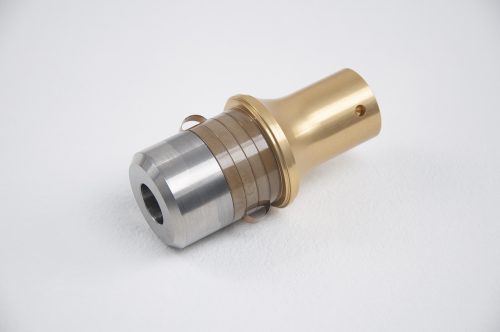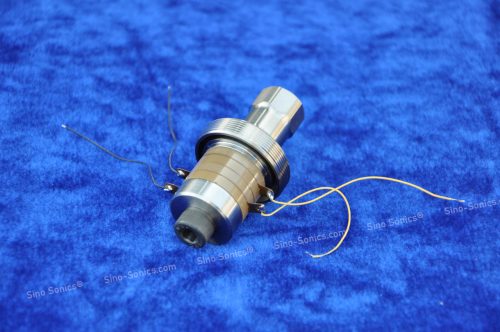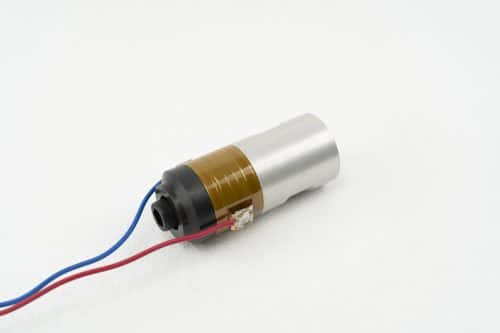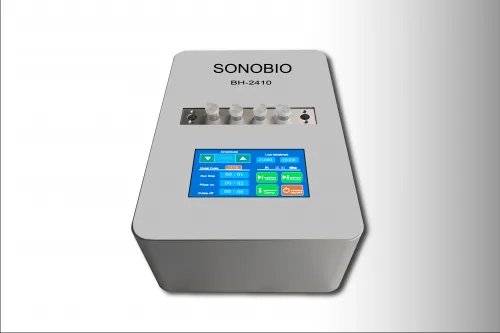Step 1: What Is Piezoelectricity?
Piezoelectricity is the electric charge that accumulates in certain solid materials (such as crystals, certain ceramics, and biological matter such as bone, DNA and various proteins) in response to applied mechanical stress. The word piezoelectricity means electricity resulting from pressure. It is derived from the Greek word piezo or piezein, which means to squeeze or press, and electric or electron, which stands for amber, an ancient source of electric charge.
The piezoelectric effect is understood as the linear electromechanical interaction between the mechanical and the electrical state in crystalline materials with no inversion symmetry. The piezoelectric effect is a reversible process in that materials exhibiting the direct piezoelectric effect (the internal generation of electrical charge resulting from an applied mechanical force) also exhibit the reverse piezoelectric effect (the internal generation of a mechanical strain resulting from an applied electrical field).
The nature of the piezoelectric effect is closely related to the occurrence of electric dipole moments in solids. The latter may either be induced for ions on crystal lattice sites with asymmetric charge surroundings or may directly be carried by molecular groups. The dipole density or polarization (dimensionality [Cm/m3] ) may easily be calculated for crystals by summing up the dipole moments per volume of the crystallographic unit cell. As every dipole is a vector, the dipole density P is a vector field. Dipoles near each other tend to be aligned in regions called Weiss domains. The domains are usually randomly oriented, but can be aligned using the process of poling (not the same as magnetic poling), a process by which a strong electric field is applied across the material, usually at elevated temperatures. Not all piezoelectric materials can be poled.
Of decisive importance for the piezoelectric effect is the change of polarization P when applying a mechanical stress. This might either be caused by a re-configuration of the dipole-inducing surrounding or by re-orientation of molecular dipole moments under the influence of the external stress. Piezoelectricity may then manifest in a variation of the polarization strength, its direction or both, with the details depending on
1. The orientation of P within the crystal,
2. Crystal symmetry and
3. The applied mechanical stress. The change in P appears as a variation of surface charge density upon the crystal faces, i.e. as a variation of the electrical field extending between the faces caused by a change in dipole density in the bulk. For example, a 1 cm3 cube of quartz with 2 kN (500 lbf) of correctly applied force can produce a voltage of 12500 V.
Step 2: How to Make a Piezoelectric Crystal?
The commonly used piezoelectric crystal is Rochelle Salt or potassium sodium tartrate.
We can make it our own.
Materials required:
1. Baking soda or Sodium bicarbonate- 500 g
2. Cream of tartar or Potassium bitartrate- 200 g
3. Distilled water- 250 mL
4. Filter paper
Procedure:
1. The baking soda is taken in baking pan and is spread evenly.
2. The baking pan in kept in the oven for 4 hours with 1st hour at 150K (65C), 2nd hour at 250K (120C), 3rd hour at 350K (175C) and 4th hour at 450K (230C).
3. Between these 4 hours we could do another part of the project.
4. 250 mL of distilled water is taken in a boiling cup.
5. The cream of tartar is put into the water and dissolved thoroughly.
6. Take a sauce pan containing some water. The boiling cup having cream of tartar solution is placed in it such that we can heat the mixture indirectly.
7. Now the sauce pan with boiling cup is put on the flame. After some time when the water in the pan starts to boil, add the heated baking soda little by little into the boiling cup until we get a get clear golden colour solution. It takes about 50 minutes.
8. Now the boiling cup is taken out and the solution is filtered using the filter paper.
9. This filtered solution is potassium sodium tartrate and it is allowed to cool and kept undisturbed for two weeks.
10. After two weeks we a crystalline structure and it is called piezoelectric crystal.
Step 3: How to Generate Electricity Using Piezoelectric Crystal?
The crystal is taken and on both sides aluminium foil paper is placed and is connected with wires
These wires are connected to a voltmeter and we could see voltage fluctuations when we hit the piezoelectric crystal.
We could get up to 3 volts.
Step 4: How to Increase the Voltage?
The crystal is taken and on both sides aluminium foil paper is placed and is connected with wires
These wires are connected to a voltmeter and we could see voltage fluctuations when we hit the piezoelectric crystal.
We could get up to 3 volts.
Step 5: Applications
1. We can make floor tiles with these crystals such that electricity is produced and can be used for lighting bulbs.
2. We can use it in roads to generate electricity for street lamps.

